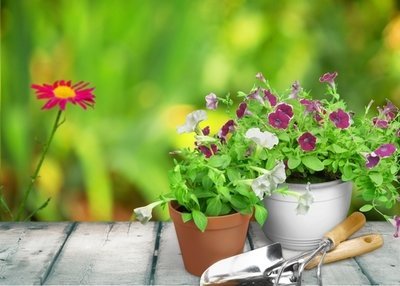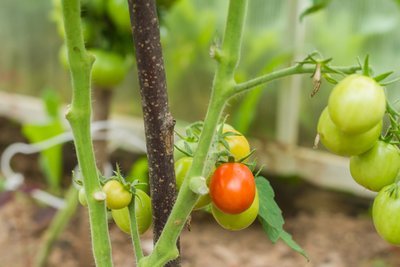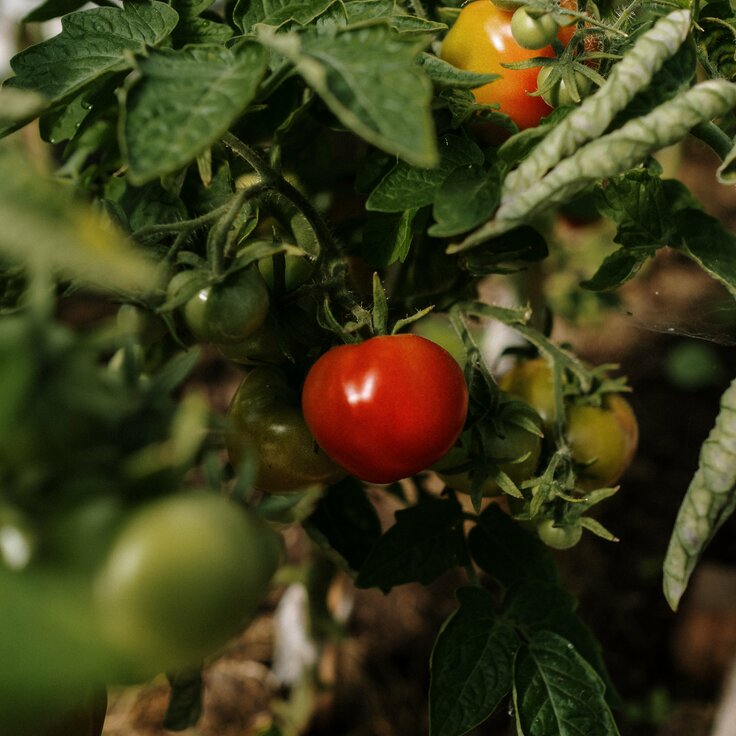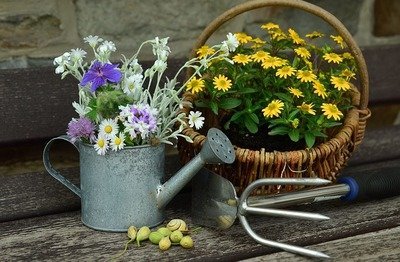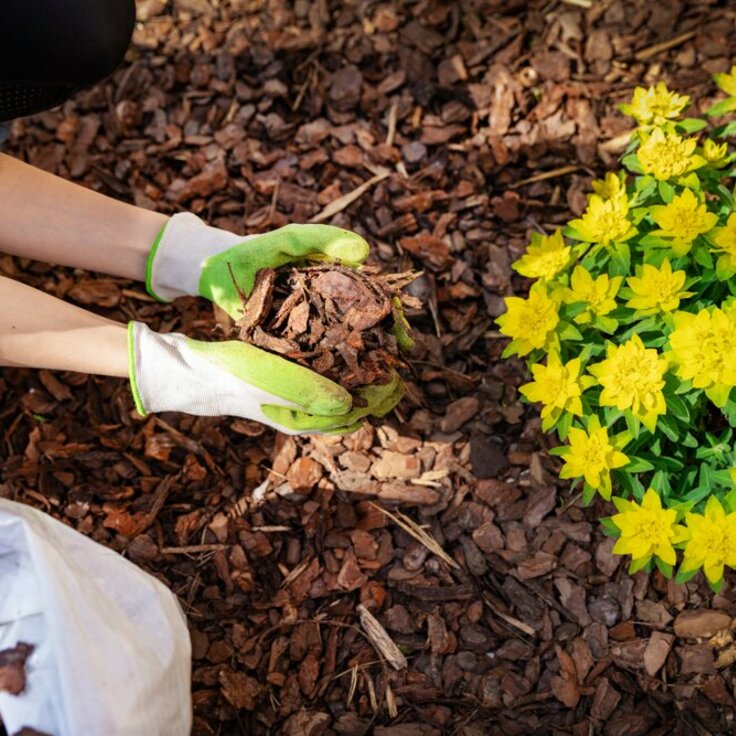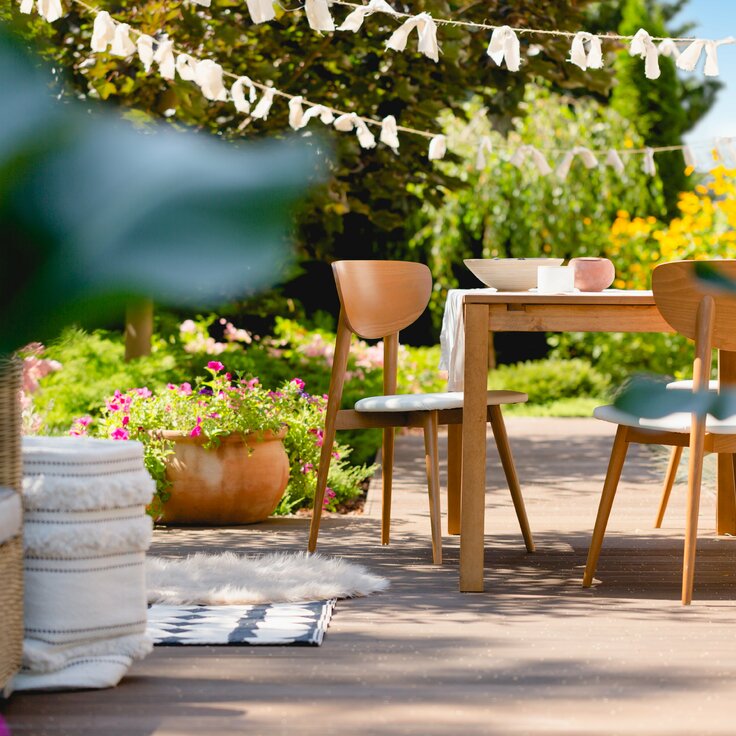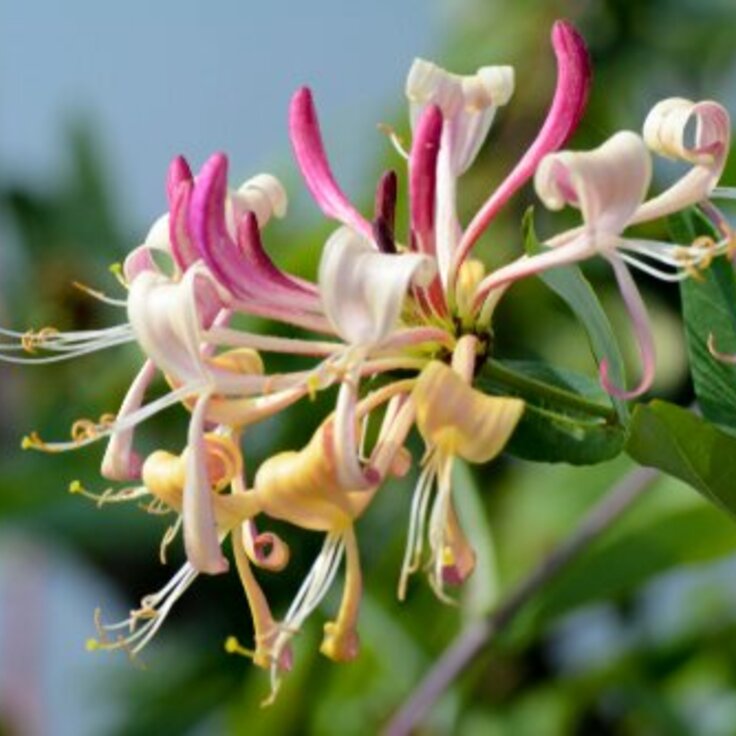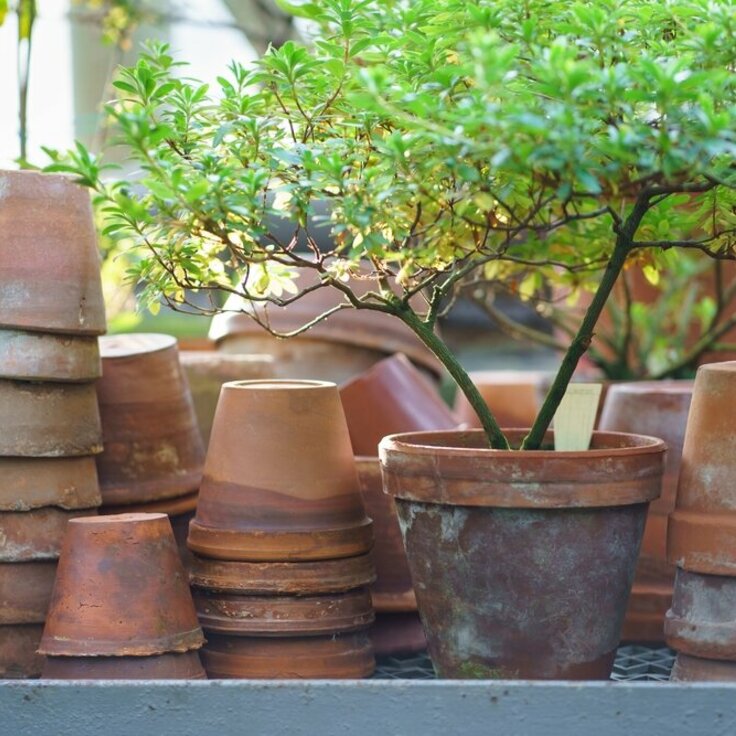Take cuttings to over-winter tender perennials safely
THE MAJORITY of gardeners will treat their summer bedding favourites - Pelargoniums, Petunias, Fuchsias etc - as annuals because they die off as late autumn sets in. However, a lot of our summer favourites are actually classed as tender perennials. If you keep them at a temperature of 7-10 Celsius (44-50F) through winter you can get them to flower year-after-year and end up with some very large specimens for the garden.
Larger over-wintered plants become harder to work with in creative basket and bedding displays however, and will take up more space in the winter greenhouse. Rather than keep the same plant going it is often better to take cuttings now for fresh stocks next year. Pelargoniums and Fuchsias are two of the easiest plants to work with – Pelargoniums will actually root in a soil-less growing medium of pure perlite or vermiculite.
Whether the plants you wish to propagate are fleshy or semi-ripe the best type of cutting to use with tender perennials is the nodal cutting; material is taken from the mother plant just below a pair of leaves (the node). Use the pelargonium method explained below for plants with stems thicker than a pencil and the fuchsia method for plants with thin stems.
Often when you buy Pelargoniums you will notice a ring of material in the compost close to the stem. This is where compost pellets have been used by the nursery to cut down on plastic pot usage at the cutting stage. Pellets (which are called Jiffy Plugs) for home use are widely available at garden centres and reduce the number of pots and space needed at the cutting stage.
Fuchsia cuttings
YOU’LL NEED:
Pruning knife, 3,5 in (9cm) pot, seed and cuttings compost.
SETTING FUCHSIA cuttings should be done as quickly as possible, so fill 3½in (9cm) pots or a modular tray with seed and cuttings compost and water well before taking the cuttings. Choose a healthy stem and cut it just above the third pair of leaves. The cuttings should be 3-4in (7.5-10 cm) long. Trim the cutting up to the lowest set of leaves, pull these off and pinch out the growing tip leaving one leaf set attached. Dip the base of the cutting in hormone rooting compound and then dib holes with a pencil. Leave a 1in (2.5cm) gap between each hole, insert your cuttings, firm in and water, then place on a light window sill or in an unheated greenhouse.
Pelargonium cuttings, step-by-step
- Water the compost pellets with luke-warm water so that they swell, and set aside ready for the cuttings. Once expanded create planting holes with a dibber or pencil.
- Take cuttings just below a node, aiming for 4in (10cm) of material. Remove the lower leaves, keeping three at the top, and pinch out growing tips.
- Insert the cuttings approximately 1in (2.5cm) down into your newly formed plugs. Label and water, then place in an unheated greenhouse or on a windowsill.

